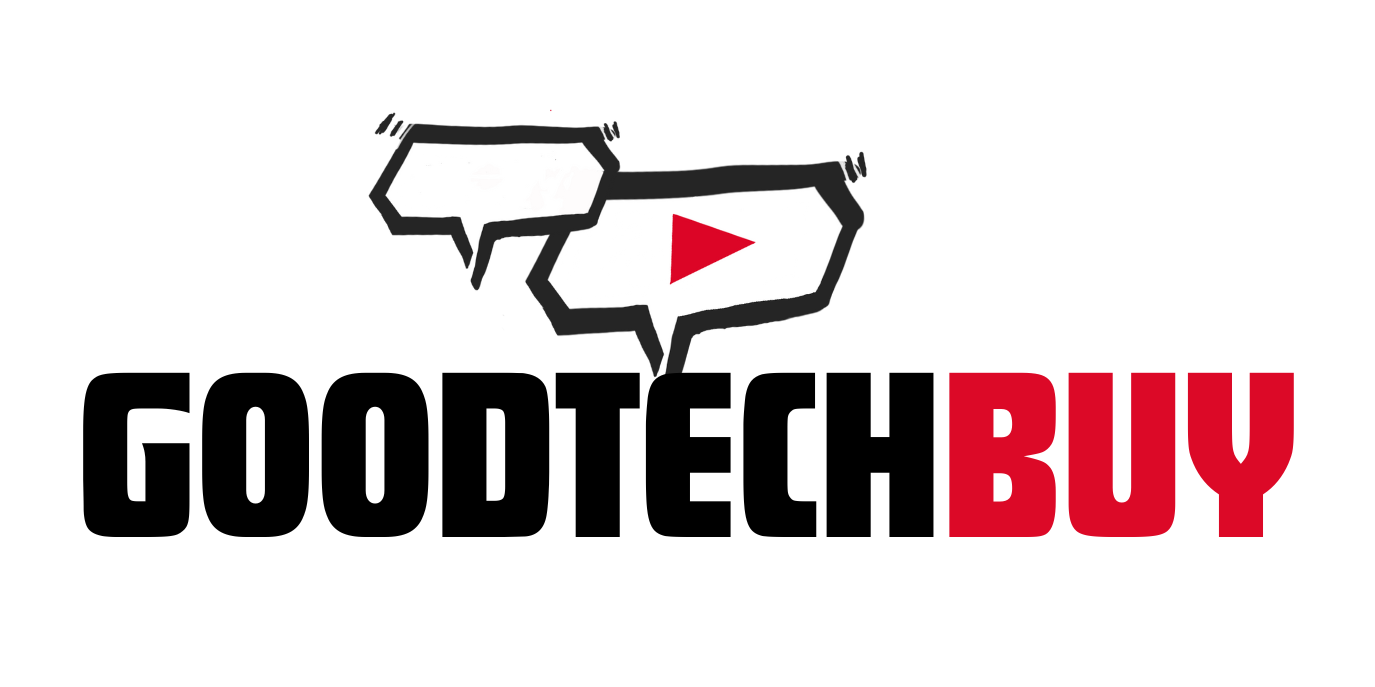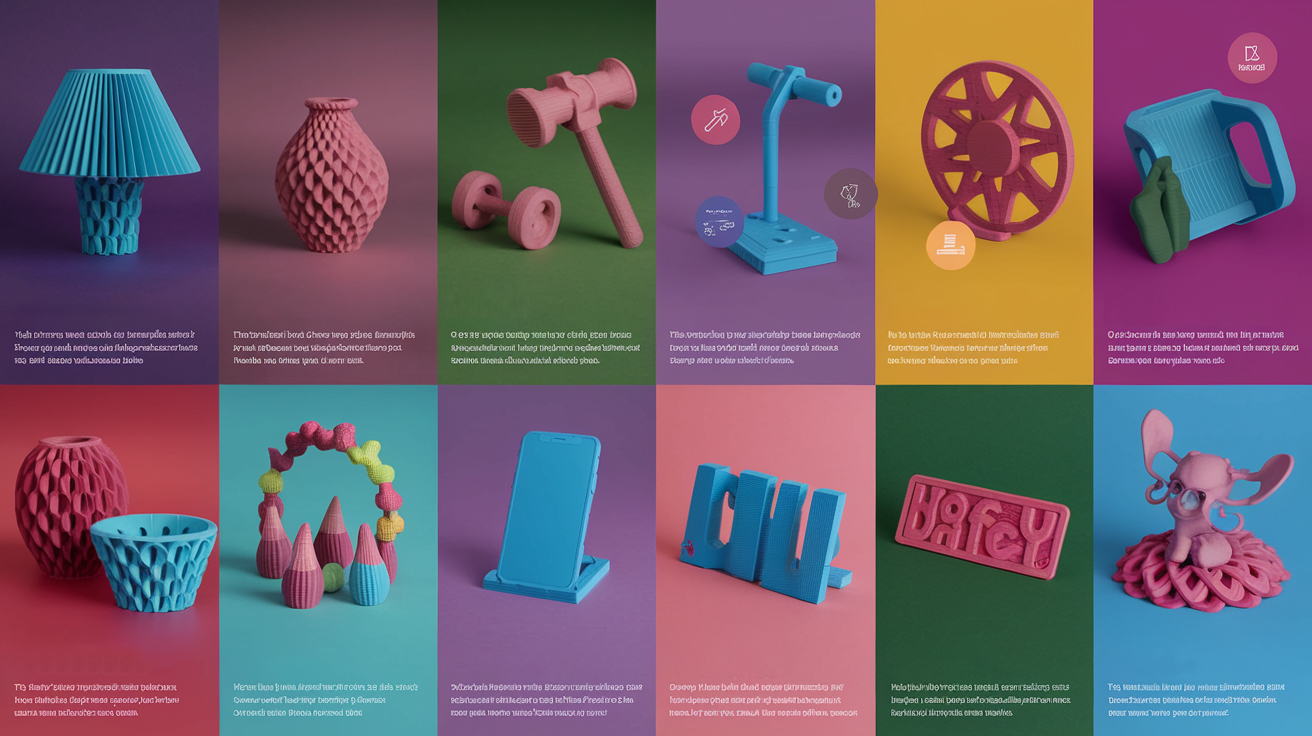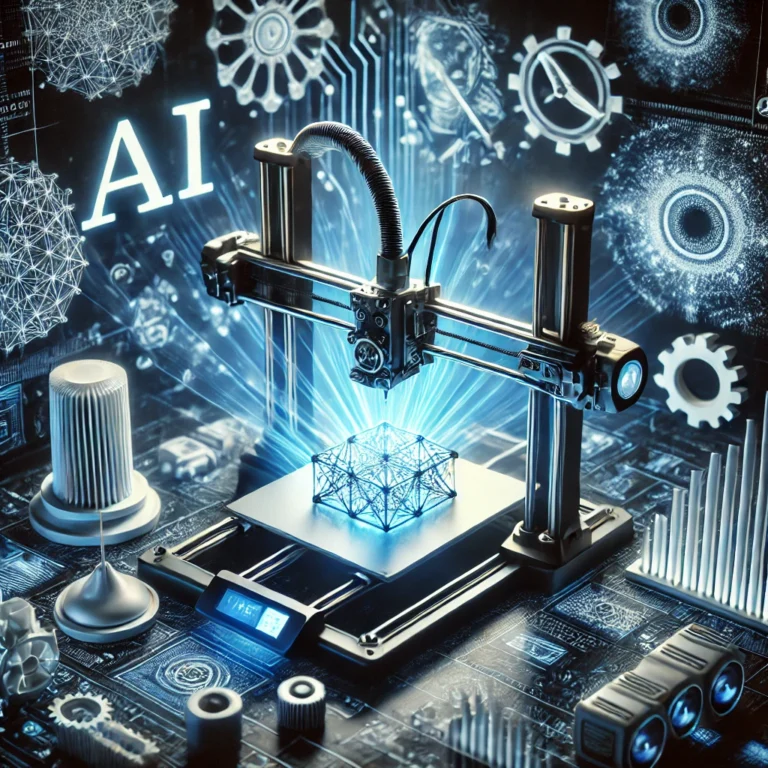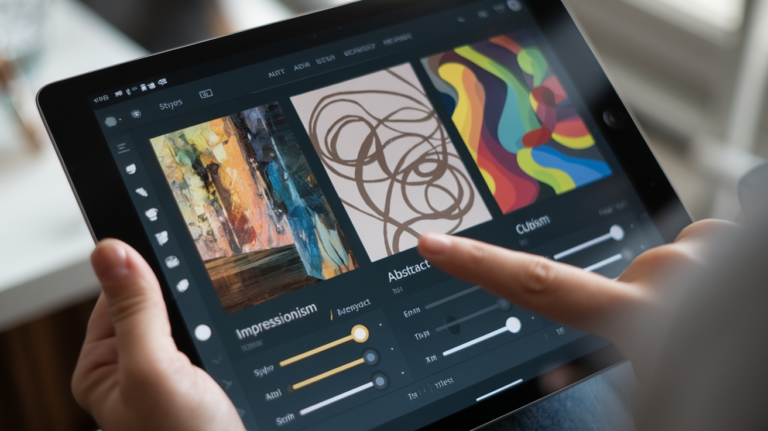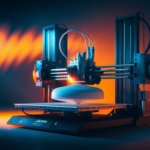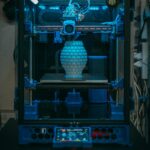Introduction to 3D Printing
3D printing technology, also known as additive manufacturing, has revolutionized the way we create objects by allowing users to fabricate three-dimensional items layer by layer using digital models. Initiated in the 1980s, this technology has evolved significantly and is now accessible to both hobbyists and professionals. The process typically begins with a digital design, which is then sliced into thin cross-sectional layers. These layers are sequentially built upon one another by a 3D printer using various materials such as plastics, metals, and resins.
One of the major benefits of 3D printing is its capability for customization. This technology allows individuals to tailor designs to their specific needs, creating bespoke items that would be difficult, if not impossible, to make using traditional manufacturing methods. This is particularly advantageous in fields such as medical prosthetics and custom-fit consumer goods.
Another significant benefit is rapid prototyping. With 3D printing, designers and engineers can quickly produce models and prototypes for testing and validation, significantly reducing the time and cost associated with developing new products. This accelerated timeline has made 3D printing an invaluable tool in industries ranging from automotive to aerospace.
Furthermore, 3D printing excels in bringing complex designs to life. Intricate geometries and structures that are challenging or unfeasible with conventional machining can be effortlessly fabricated using 3D printing. This opens up new avenues for innovation across various sectors, such as architecture, healthcare, and fashion.
As we delve into the twenty innovative 3D printing projects highlighted in this blog, it is clear that the versatility and transformative potential of 3D printing continue to expand. Whether you are a novice hobbyist or an experienced professional, the opportunities to create, prototype, and innovate with 3D printing are virtually limitless.
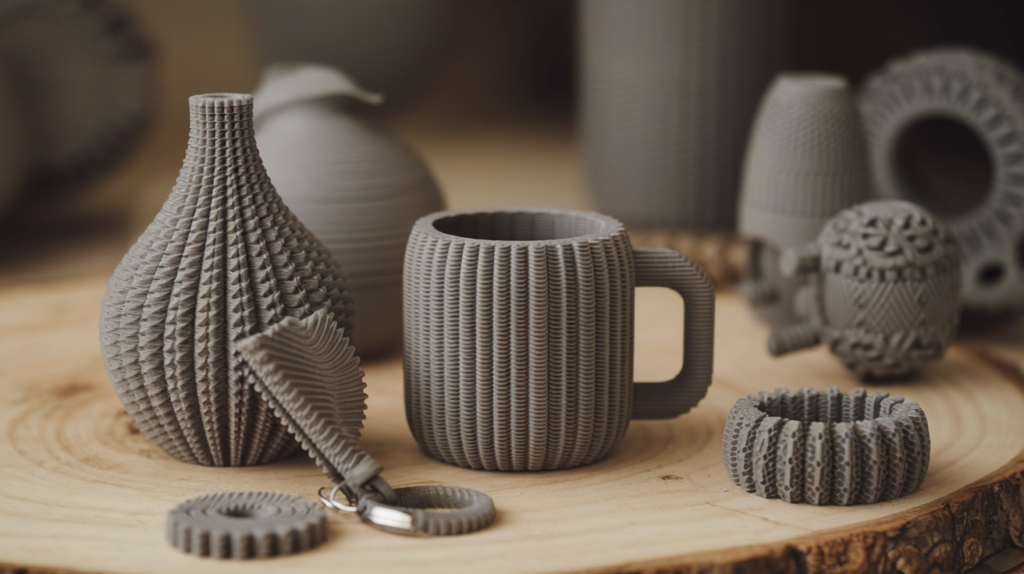
10 Creative 3D Printing Projects for Beginners
For those just embarking on their 3D printing journey, starting with manageable yet satisfying projects can make all the difference. Here, we explore ten creative 3D printing projects that are perfect for beginners, helping you develop foundational skills while crafting unique and functional items.
1. Custom Keychains
Custom keychains are an excellent starting point. They require minimal material and print time. Begin by selecting a simple design or using 3D modeling software to create your own. Personalize it with initials or shapes, and soon you’ll have a unique accessory that also serves as a useful tool for organization.
2. Phone Stands
A sleek phone stand can be both practical and stylish. Opt for a basic design that ensures stability and ease of use. By experimenting with different angles and structures, you’ll gain confidence in adjusting design parameters while producing a handy device for your workspace or home.
3. Plant Pots
Bringing a touch of greenery into your space is always a good idea. Designing a small plant pot can be an enjoyable project, offering room for creativity with different shapes and textures. Simple forms might include cylindrical or hexagonal patterns, giving you ample opportunity to experiment with surface details.
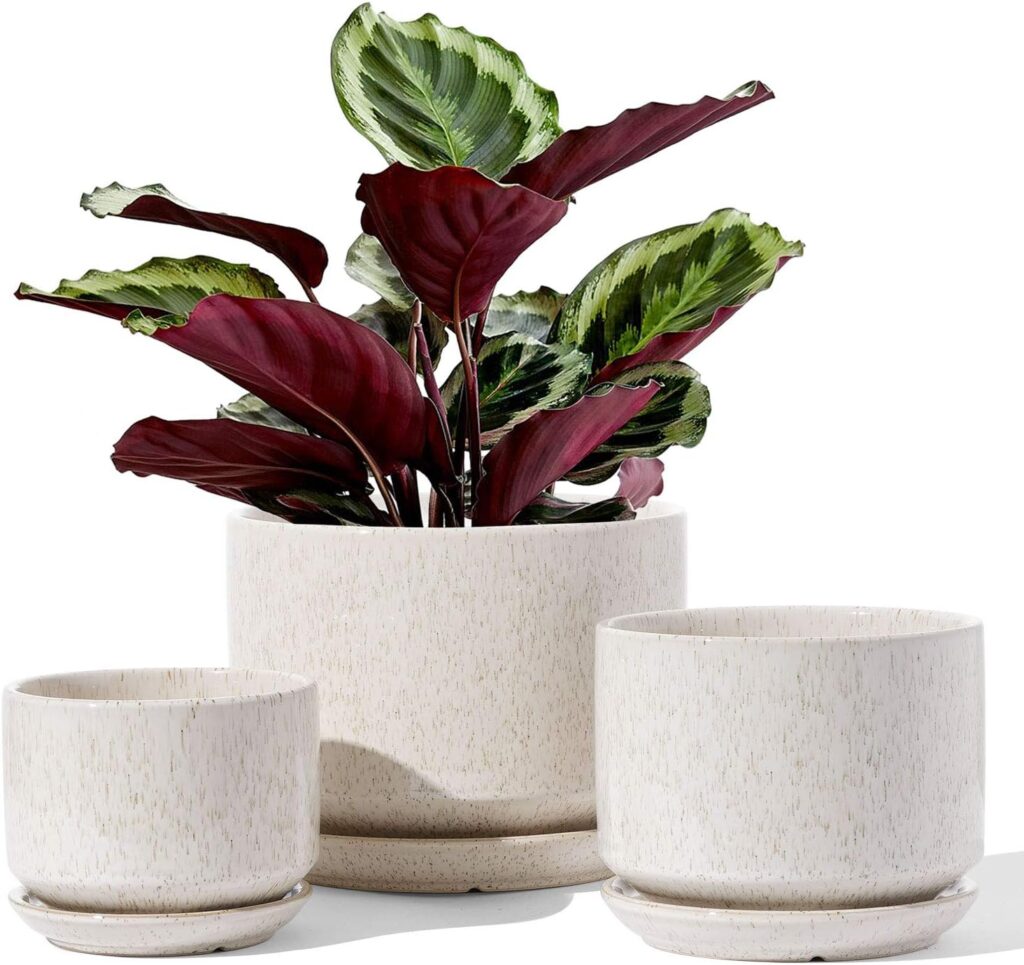
4. Simple Figurines
Creating figurines taps into beginner-level sculpting skills. Start with basic characters or animals that don’t require intricate details. This project helps build your understanding of layer height and infill settings, providing a solid grounding for more advanced models in the future.
5. Cable Holders
Struggling with messy cables? Design custom cable holders to keep your workspace organized. These holders can be tailored to fit different cable sizes and shapes, promoting a tidy and efficient environment. Enhance them with personal touches like specific color schemes or logos.
6. Coasters
Coasters are not only easy to make but also offer ample opportunity for personalization. Start with simple geometric designs or delve into more intricate patterns over time. These practical items are perfect for honing your 3D printing skills while adding a splash of style to your living space.
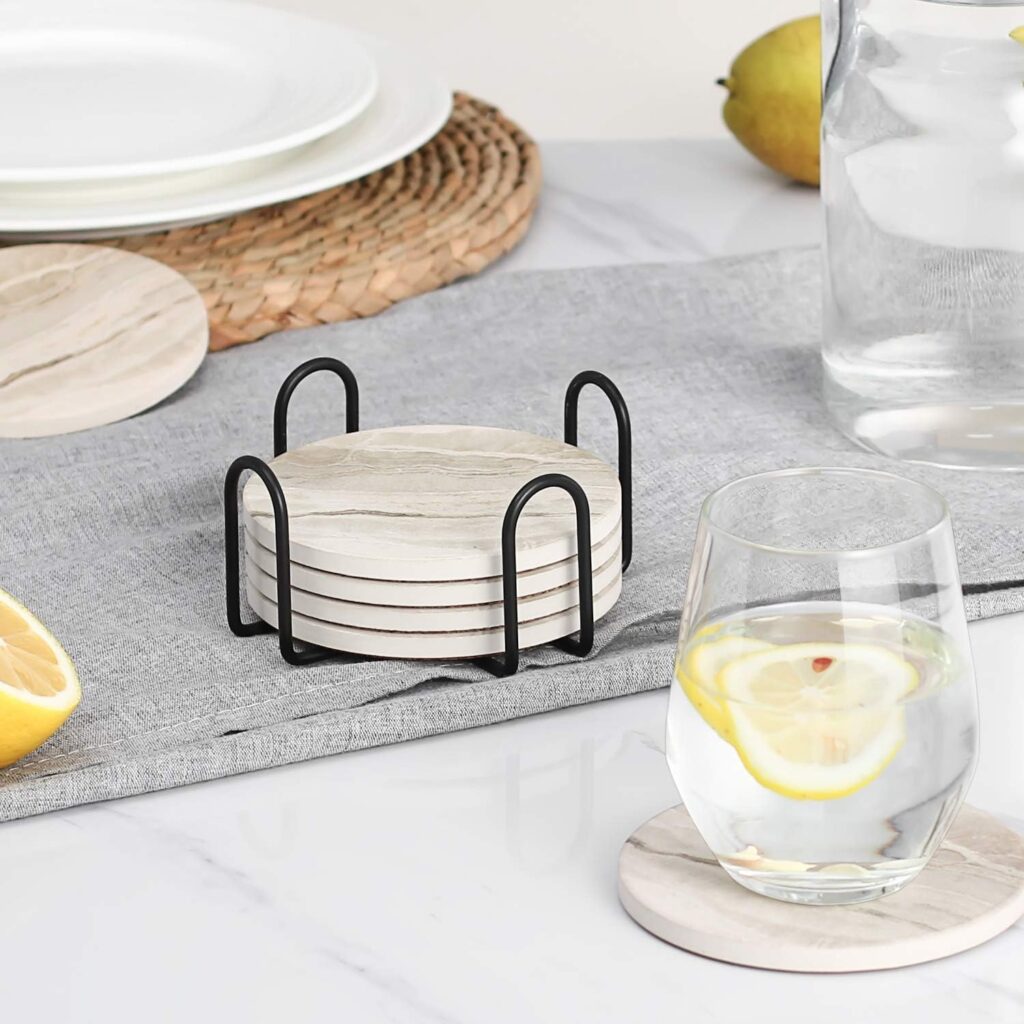
7. Pen Holders
A bespoke pen holder can be a rewarding project. Simple yet effective designs include cylindrical or cuboid shapes with multiple slots. Customize these with different colors, textures, or even engraved names, making your workspace both functional and aesthetically pleasing.
8. Bookmarks
Bookmarks are ideal for beginners, especially those who appreciate a creative touch to their reading habits. Start with flat designs and gradually incorporate features like characters or symbols. These projects allow for broad experimentation without consuming too much material or time.
9. Wall Hooks
Designing wall hooks can significantly contribute to home organization. Basic designs involve simple hook shapes, which can be customized in terms of size and style. Ensure they are practical and robust enough to hold items like keys, hats, or small bags.
10. Puzzle Pieces
Puzzles provide a fun and educational challenge both in design and use. Start with simple jigsaw pieces, progressing to more complex ones as your skills develop. This project not only enhances your printing accuracy but also offers a delightful and interactive final product.

5 Intermediate 3D Printing Projects for the Dedicated Enthusiast
For those who have already honed their basic 3D printing skills, stepping up to intermediate projects can be an exciting challenge. These projects require a deeper understanding of the intricacies of 3D printing, such as effective use of support structures, fine-tuning printer settings, and mastering post-processing techniques. Below are five intermediate projects designed to push your skills to the next level.
1. Intricate Jewelry: Creating detailed jewelry, such as rings and pendants, introduces complexities like delicate geometries and fine details. This project emphasizes precision, requiring users to adjust print resolution and layer height meticulously. Mastering supports is crucial to avoid damage during removal, necessitating understanding fragile structure handling.
2. Mechanical Parts: Printing functional mechanical components, such as gears or custom brackets, challenges enthusiasts to maintain high accuracy and tight tolerances. This project reinforces the importance of calibration and consistency in material extrusion. Users will need to experiment with different materials to find the best fit for durability and functionality, deepening their material science knowledge.
3. Multi-Part Assembly Models: Projects like an articulated robot or a puzzle box involve printing multiple pieces that must fit together perfectly. These models require careful consideration of tolerances and assembly instructions. This project fosters skills in designing for assembly and iterative testing, as well as patience in post-processing to ensure smooth fitting parts.
4. Complex Terrain Models: Creating detailed landscapes for tabletop games or architectural designs involves managing large prints and high-detail areas. Enthusiasts will practice slicing techniques to handle large files and optimizing support structures to balance stability and ease of removal. This project improves skills in both digital and physical realms, bridging design and fabrication.
5. Functional Prototypes: Prototyping items like enclosures for electronics challenges users to create models that are not only precise but also functional. This project highlights the importance of iterative design, testing, and refining. Skills such as understanding snap-fit joints, hinge mechanisms, and space allocation for components are crucial, broadening the practical usability of 3D printing.
These intermediate 3D printing projects provide a pathway to enhance your craftsmanship and technical knowledge. As you complete these projects, you’ll gain valuable experience in overcoming complex challenges, leading to a greater sense of accomplishment and readiness for advanced endeavors.
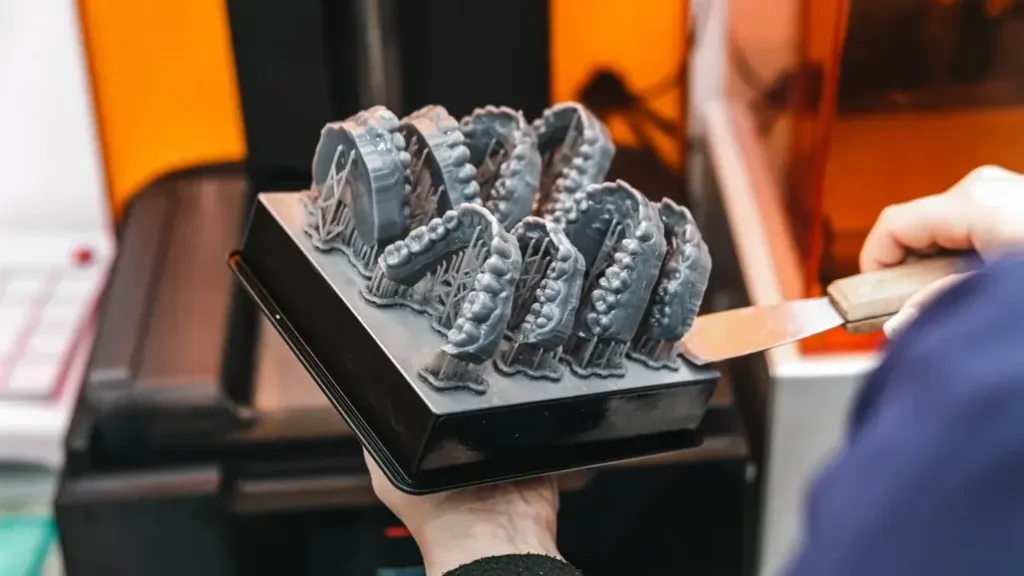
5 Practical 3D Printing Projects to Improve Your Daily Life
The advent of 3D printing has brought about significant changes, not only in creative fields but also in the realm of everyday practicality. Creating functional items at home can save both time and money, providing customized solutions to common household challenges.
One example of a practical 3D printing project is the cable organizer. With the increasing number of electronic devices in our lives, managing cables can become a daunting task. A simple yet effective cable organizer can help keep your workspace tidy and reduce the risk of tangles and damage. Customizable designs allow you to fit specific cable sizes, making it a tailored solution for your needs.
Wall hooks serve as another excellent example. These small but essential items can be printed in various shapes and sizes to fit the decor of any room in your house. Whether you need a place to hang towels in the bathroom or keys in the hallway, 3D printed wall hooks are a versatile and economical option.
Kitchen tools such as measuring cups, spoon sets, and even replacement parts for broken appliances can also be efficiently produced using a 3D printer. These tools not only save money but also provide the convenience of immediate availability. This can be particularly useful in cases where store-bought solutions are not readily accessible or are overly costly.
Repairing broken household items is another area where 3D printing excels. Whether it’s a missing knob for your washing machine or a broken hook on a vacuum cleaner, the ability to print replacement parts on demand is a game-changer. It prolongs the life of household items and reduces waste, contributing to a more sustainable lifestyle.
In essence, the practicality of 3D printing extends beyond its creative applications. By creating custom, functional items at home, you can enhance efficiency, organization, and solve everyday problems with ease. This innovative technology presents a practical and cost-effective pathway to improving daily life, making it a valuable asset in modern households.
